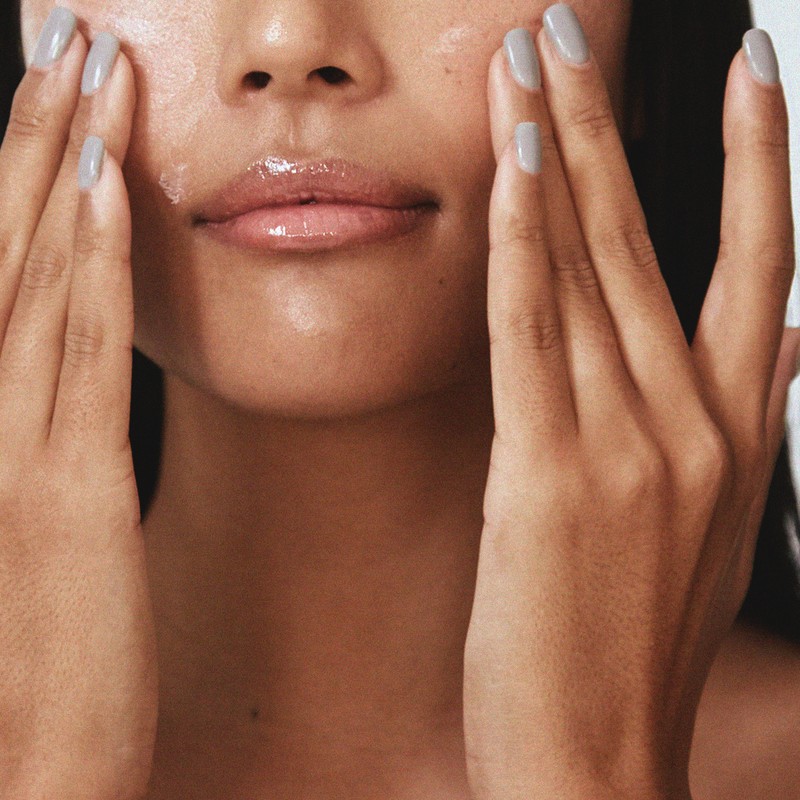Why Your Skincare & Make-Up Is Pilling
First, Understand Why It’s Happening
“Pilling is when your products form small beads that literally roll off the skin as you apply your make-up or skincare,” explains professional make-up artist Lee Pycroft. “It’s usually the result of different product formulations not agreeing with one another, combined with the friction of a brush, or a rubbing motion.” Skincare expert and aesthetician director of Joyful Skin Clinic, Dr Kemi Fab agrees: “It happens a lot with skincare as you layer various lotions and formulas. This could be because the products are too thick in consistency, you’re using too much, or because the skin underneath is too rough.”
Avoid Certain Ingredients
“Specific ingredients are often to blame for pilling. Products that contain talc, mica and iron oxides can be troublesome, all of which are often found in sunscreens,” explains Lee. “Though applying SPF is essential, overdoing it can leave a film of residue on the skin that isn’t properly absorbed.” Kemi adds: “Silicones are also notorious for pilling in both make-up and skincare, as they’re designed to sit on the skin for a smoother appearance, but this also means they’re not as readily absorbed. Always check the ingredients list – especially for primers.”
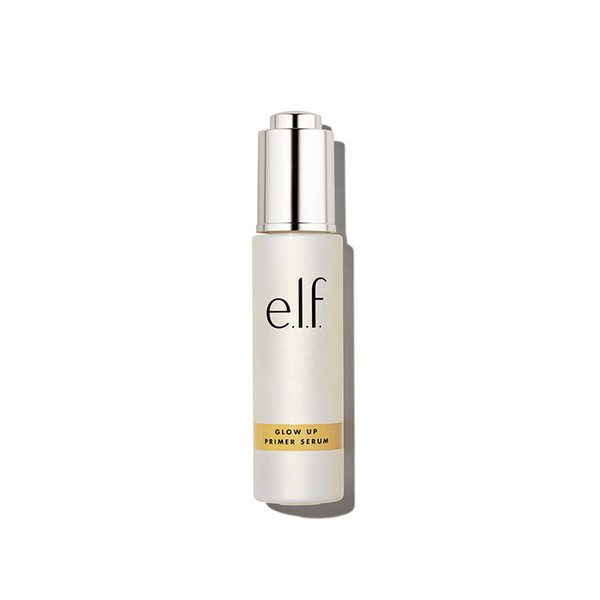
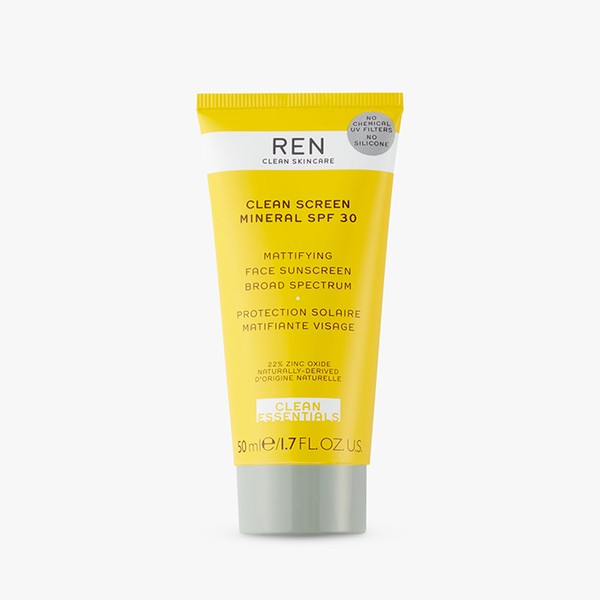
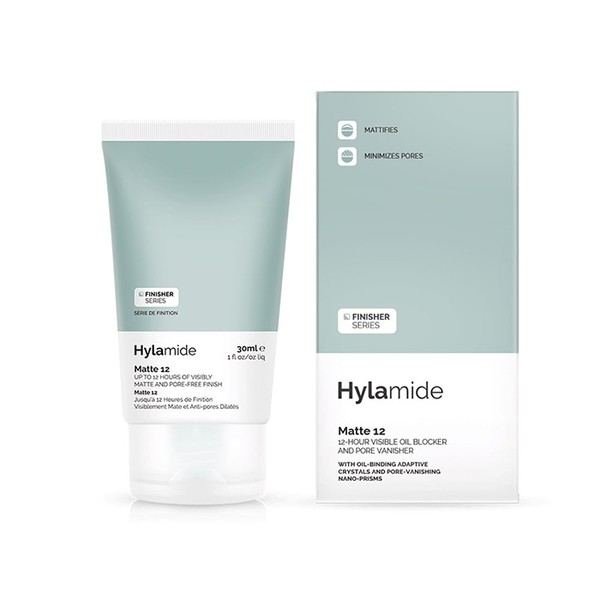
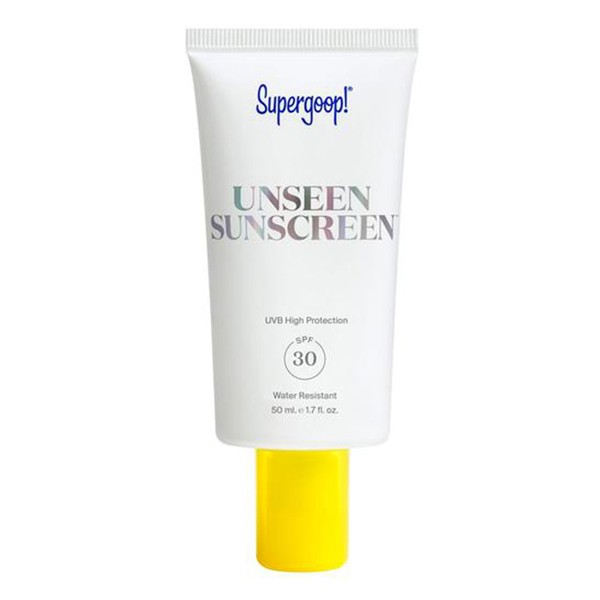
Opt For Thin Layers
“It’s important to allow enough time to properly apply and layer your skincare,” says Lee. “After applying each product, let it sit for a few minutes before moving on to your make-up. Always apply from the thinnest to thickest formula, and use any water-based products first so they have time to settle. Pressing products into the skin using your hands will help, whereas rubbing just creates friction and more peeling – this goes for both skincare and your make-up.”
Try To Exfoliate
“You may want to consider upping your exfoliation with a gentle, chemical formula,” advises Kemi. “Doing this once or twice a week will remove the upper layer of dead and dying skin cells, so you’ll find all your products absorb much better into the skin. It’s also important to increase the time you wait between applying your various serums and oils. Try to let each layer dry as much as possible before moving onto the next step. Massage in each texture for a good 30 seconds so you don’t get any unnecessary build-up.”
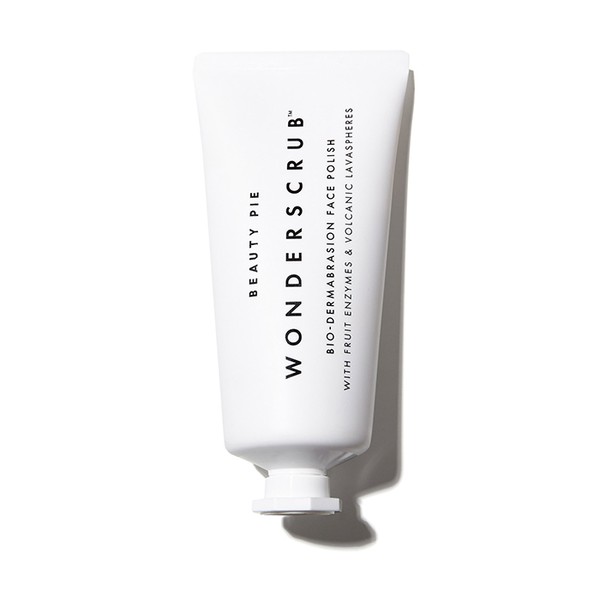
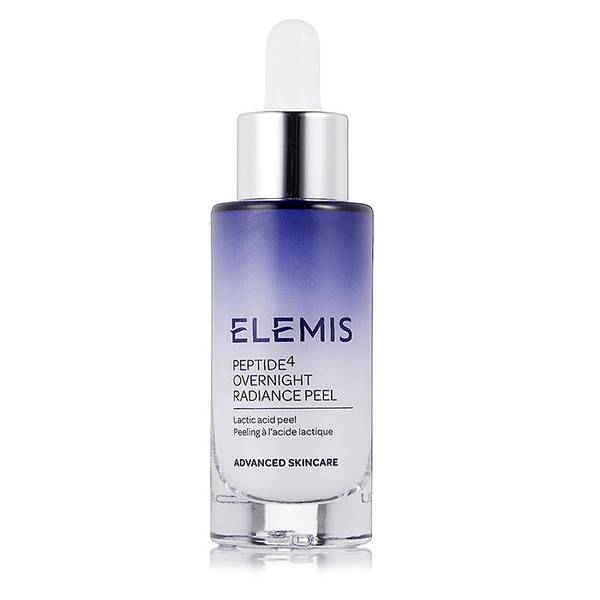
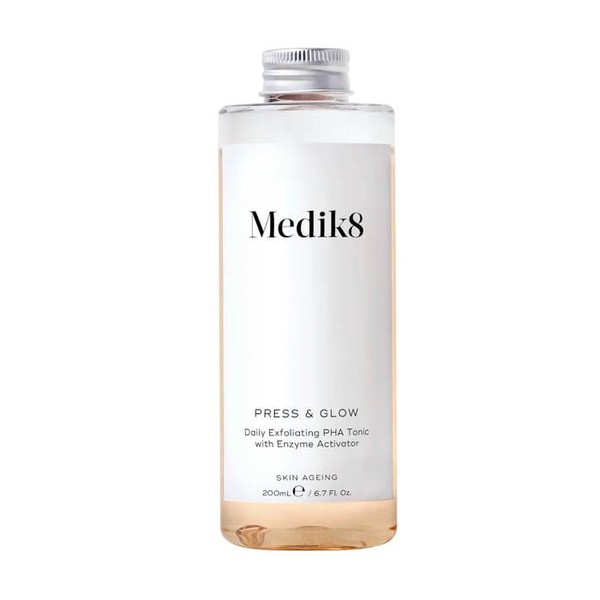
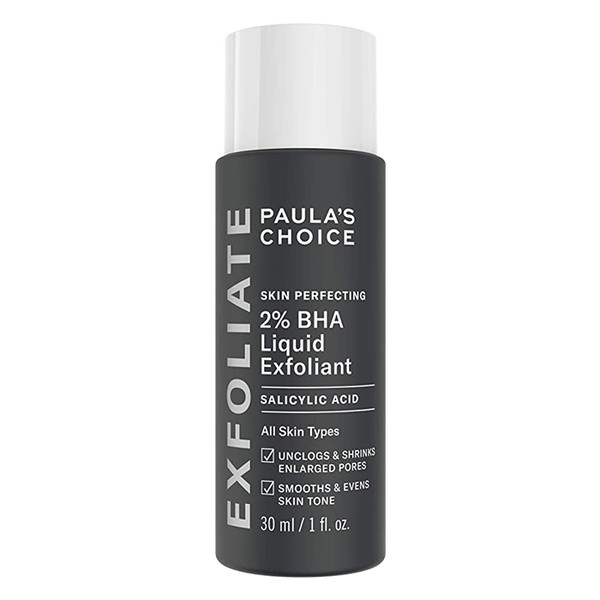
Don’t Believe The Myths
“A lot of people say you should use products from the same brand to avoid pilling, but this isn’t always true,” adds Kemi. “While products from the same brand are designed to complement one another, it won’t actually prevent them from pilling if you’re still using too much. The consistency and not leaving enough time between application are both much bigger factors.” Lee agrees: “It’s important to avoid silicones wherever you can in your make-up. Likewise, if you use a silicone primer and then a water-based foundation, you’re bound to get pilling because the two textures just don’t blend well together. Try to stick to similar formulas and ingredients that match, but they don’t necessarily have to come from the same brand.”
Pay Attention To Application
“This is especially important with make-up,” finishes Lee. “Only apply product to the areas that need it most to avoid applying unnecessary layers of product to your skin. Use foundation after primer, then concealer last. Finally, take a dot-to-dot approach across your forehead, cheeks, jaw and chin using a press motion so there’s less product on your skin when you start to blend it. A damp beautyblender can help you tap the make-up on without a heavy finish. You can also try using a light, fluffy synthetic brush for a light, seamless blend – these will ensure nothing stays sat on the surface of your skin or starts to peel.”
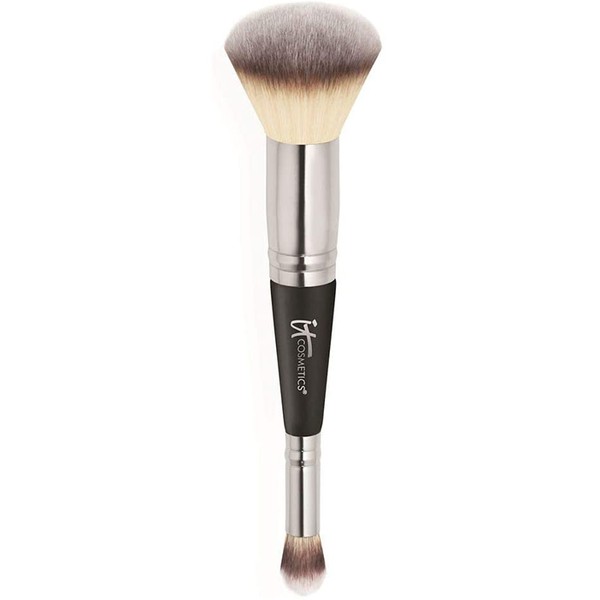
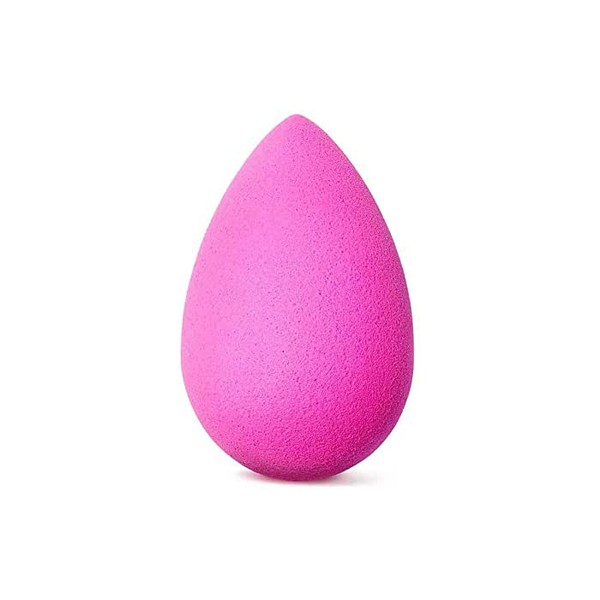
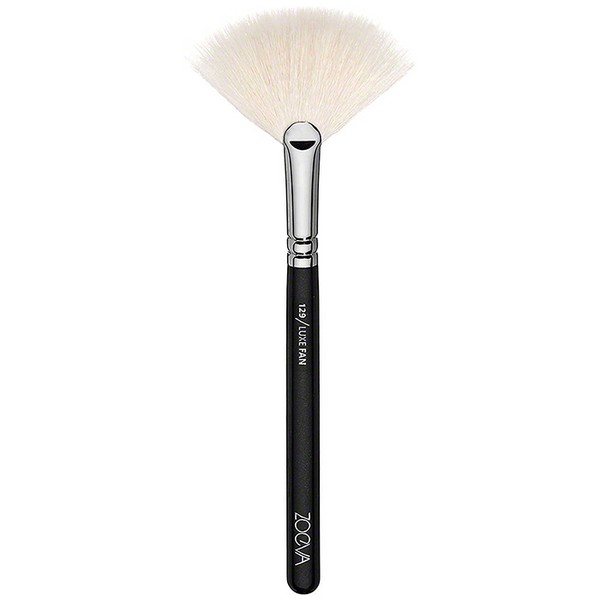
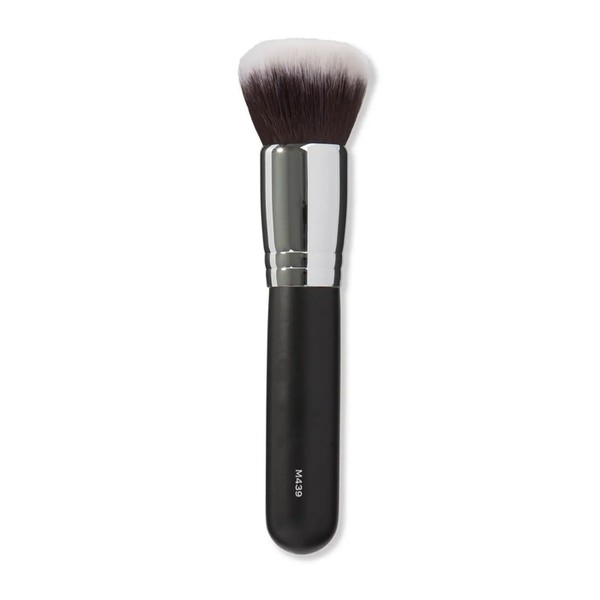
Follow @LeePycroft & @Dr.Fab on Instagram.
DISCLAIMER: We endeavour to always credit the correct original source of every image we use. If you think a credit may be incorrect, please contact us at info@sheerluxe.com.
